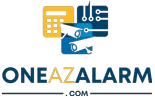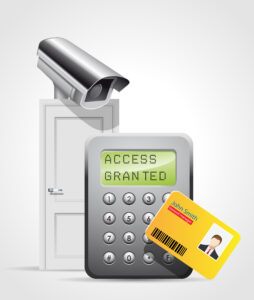Access control refers to the particular limitation of access to a location or other resource in physical security and information security disciplines, whereas access management refers to the process. Accessing might refer to eating, entering, or utilizing something. Authorization refers to the ability to get access to a resource.
What Is Access Control
It is a security approach that governs who or what has access to or uses resources in a computing environment. Furthermore, it is a crucial security concept that reduces risk to the company or organization.
To secure a facility, electronic access control systems track employee access to property areas and restricted business locations, such as data centers. These systems rely on user credentials, auditing, access card readers, and reports. They also include panels to limit access to rooms and buildings and alarms and lockdown features to prevent unwanted access or operations.
Its Components
At its most basic, access control restricts access to a resource. Any access control system, whether logical or physical, is made up of five major components:
Authentication
Authentication is the first step in determining a user’s identity. It validates when someone enters their email service or online banking account using a username and password combination. However, authentication alone is insufficient to secure companies’ data.
Authorization
The authentication procedure is made more secure by the addition of authorization. It establishes resource access rights and privileges to assess whether a user should be permitted to access data or perform a particular operation.
Access
After completing the authentication and authorization stages, they validate a user’s identity and give them access to the resources they seek to log in to.
Manage
Organizations may manage their systems by adding and deleting user and system authentication and authorization. Managing these systems may become complicated in current IT settings, including cloud services and on-premises systems.
Audit
The audit method allows organizations to enforce the concept of least privilege. It also enables them to collect data about user activities and evaluate them to identify possible access violations.
Its Importance
Access control reduces the security risk of illegal physical and logical system access. It is an essential component of security compliance programs. It guarantees access control rules and security technology to secure sensitive information like customer data. Most businesses have architecture and processes to restrict access to networks, computer systems, files, applications, and sensitive data, such as intellectual property.
Access control solutions are complicated to administer in dynamic IT settings, including on-premises and cloud services. Following several high-profile breaches, technology companies have switched from single sign-on (SSO) solutions to unified access management, which provides access restrictions for both on-premises and cloud settings.
Specifying Access Control Needs
Our experienced system design team offers installers and integrators a one-of-a-kind system architecture solution to assist you in achieving the most acceptable indoor entry and access control technologies.
Please contact our team immediately to discuss your next access control system or for more information on our comprehensive range of security solutions.









